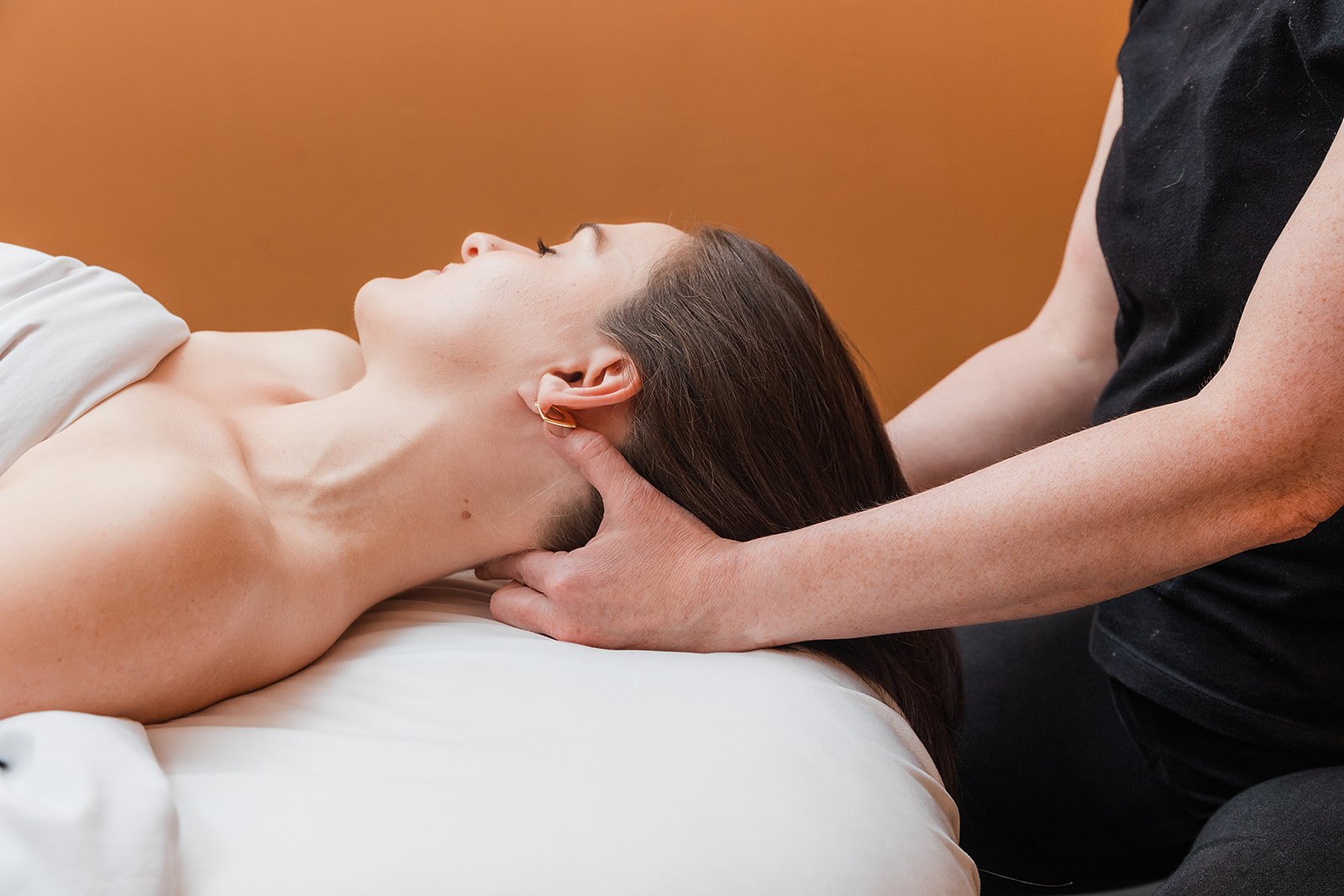
Massage Therapy
Massage therapy is a centuries old health care practice, which involves a range of manual techniques to manipulate the soft tissues and joints of the body. It reduces stress, increases circulation and boosts the immune system, improves flexibility and muscle tone, and of course decreases muscle tension and the discomfort that comes with it.
What is Massage Therapy?
One could almost say massage therapy is instinctive; what does someone do when they hit their leg: rub it, what does someone do when their shoulders ache: rub them, what do spouses ask for after a tired day on their feet: a foot rub. Massage therapy is a centuries old health care practice, which involves a range of manual techniques to manipulate the soft tissues and joints of the body. It reduces stress, increases circulation and boosts the immune system, improves flexibility and muscle tone, and of course decreases muscle tension and the discomfort that comes with it. Massage can be used to rehabilitate or enhance physical function, to assist in the management of chronic conditions, to provide lasting relief of pain, or it can be utilized in the maintenance of a healthy, happy individual. The essential role of massage therapy is to help the body help itself.
Massage therapy can be very effective in the treatment of the following conditions:
Headaches
Whiplash and other MVA-related pain and injury
Overuse injuries, from smart-phone thumbs to stiff, computer shoulders
Muscle strains or ligament sprains
Chronic conditions, such as arthritis
Anxiety and depression
Neurological conditions
Massage can also be quite helpful for both pre and post-natal pain and discomfort
What to expect during your first treatment?
To begin with the therapist will review your intake form and ask you some questions about your injury or condition and your medical history. They might also ask about your daily activities or habits and how they have been impacted, or about your range of motion and any movements most affected by your injury or condition. All such questions assist the RMT to narrow down exactly what is going on for you and to figure out how to best approach your condition. The therapist might also feel it necessary to do some diagnostic tests, such as range of motion. Sometimes the initial assessment can take a bit of time but it is a crucial part in building a strong foundation for the treatment.
Once the interview is complete the therapist will leave the room to allow you to disrobe and lie down on the treatment table underneath the top sheet and blanket. Given that the massage therapy practiced in this clinic is based on the Swedish Therapeutic model, the RMTs will be utilizing massage oil or lotion in their practice, or will be working directly on the skin. For this purpose it is best if you can remove your clothing (down to your underwear), unless you are not comfortable to do so, in which case just let your therapist know. But don’t worry you will always be properly covered with the sheet and blanket, only the area of the body being treated will be uncovered. There are some techniques your RMT may use that require more movement and are therefore better done over clothing, but your therapist will let you know when this is the case.
Meet our RMT’s













